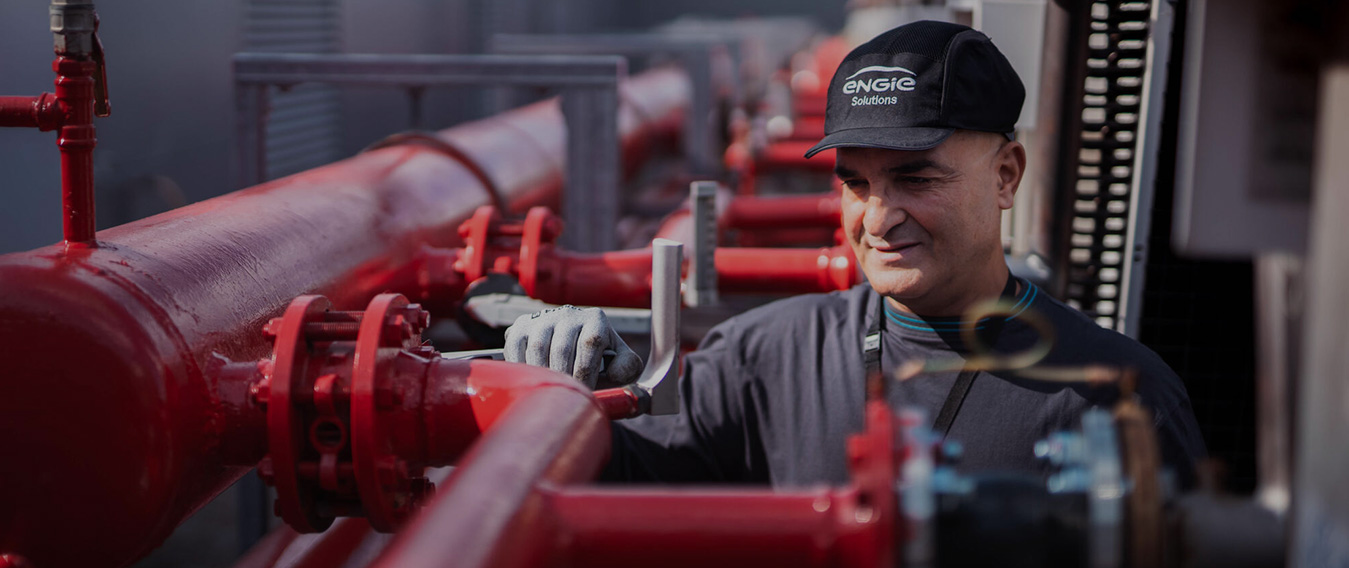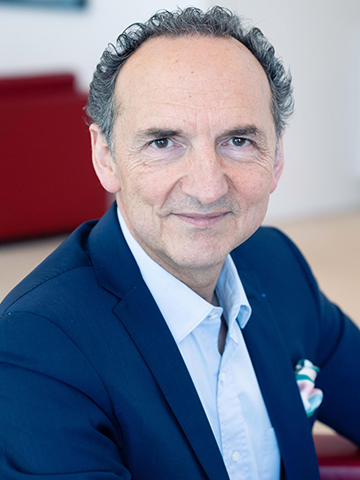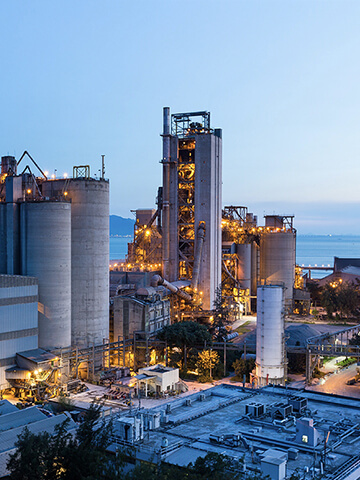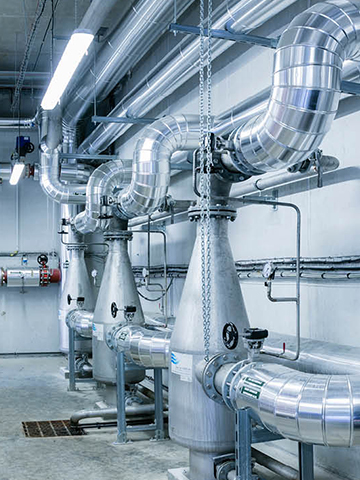Yet the difficulties encountered by our customers are very real and some have called the imperative for a swift transition into question, advocating instead a slower adaptation. Indeed, the cost of the investment required is a major obstacle to decarbonization for 47% of Europeans according to a study jointly carried out by ENGIE and the CSA Institute* in March 2024.
We are taking action to help our clients navigate these sometimes-adverse conditions.
- We assist them directly in defining their decarbonization strategy and their roadmap to achieve it.
- We develop energy and CO2 savings programs for them, with long-term commitments on our part.
- We help them leverage their potential for local decarbonized energy production, offering a range of technologies that have been rigorously selected and tested by our experts.
Concretely, what offers does ENGIE provide?
Frank Lacroix: The first family of offers concerns local energy networks. We are talking here about collective infrastructures that produce and distribute heat and cold for buildings, or energy for sustainable mobility, in particular electric mobility with ENGIE Vianeo.
Our second family of offers covers on-site energy production directly on our customer sites based on an optimal combination of energy sources, in particular renewable, local sources such as solar, heat recovery, biomass, in association with new technologies like thermal solar or energy storage.
Lastly, our third family of offers comprises our energy performance and management services. Thanks to these services, our customers benefit from our guarantees of cost and energy consumption reductions as well as lower CO2 emissions by way of a range of sophisticated digital tools that optimize these parameters.
As we see, there's a trend towards hybridization of the decarbonization offer. Can you confirm ?
Frank Lacroix : Yes, they expect us to have the capacity to offer different types of technologies. This trend has existed for a few years, but we are currently experiencing a strong acceleration in our multi-technology offerings.
What do our clients expect? Energy sovereignty, with the desire to control their energy costs and CO2 impact. Flexibility, to consume and produce at the best times. And finally, visibility on their future energy mix to meet their needs.
Our key strength is that we are a solutions integrator that combines the electron and the molecule, the production of decarbonized energy and waste heat recovery.
We have all the required decarbonization levers to meet our customers’ efficiency and resilience needs.”
* Study involving 10,000 citizens across 10 European countries, (France, Germany, Italy, Spain Portugal, United Kingdom, Poland, Netherlands, Belgium and Romania) carried out in March 2024.




